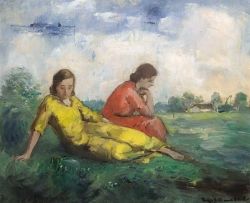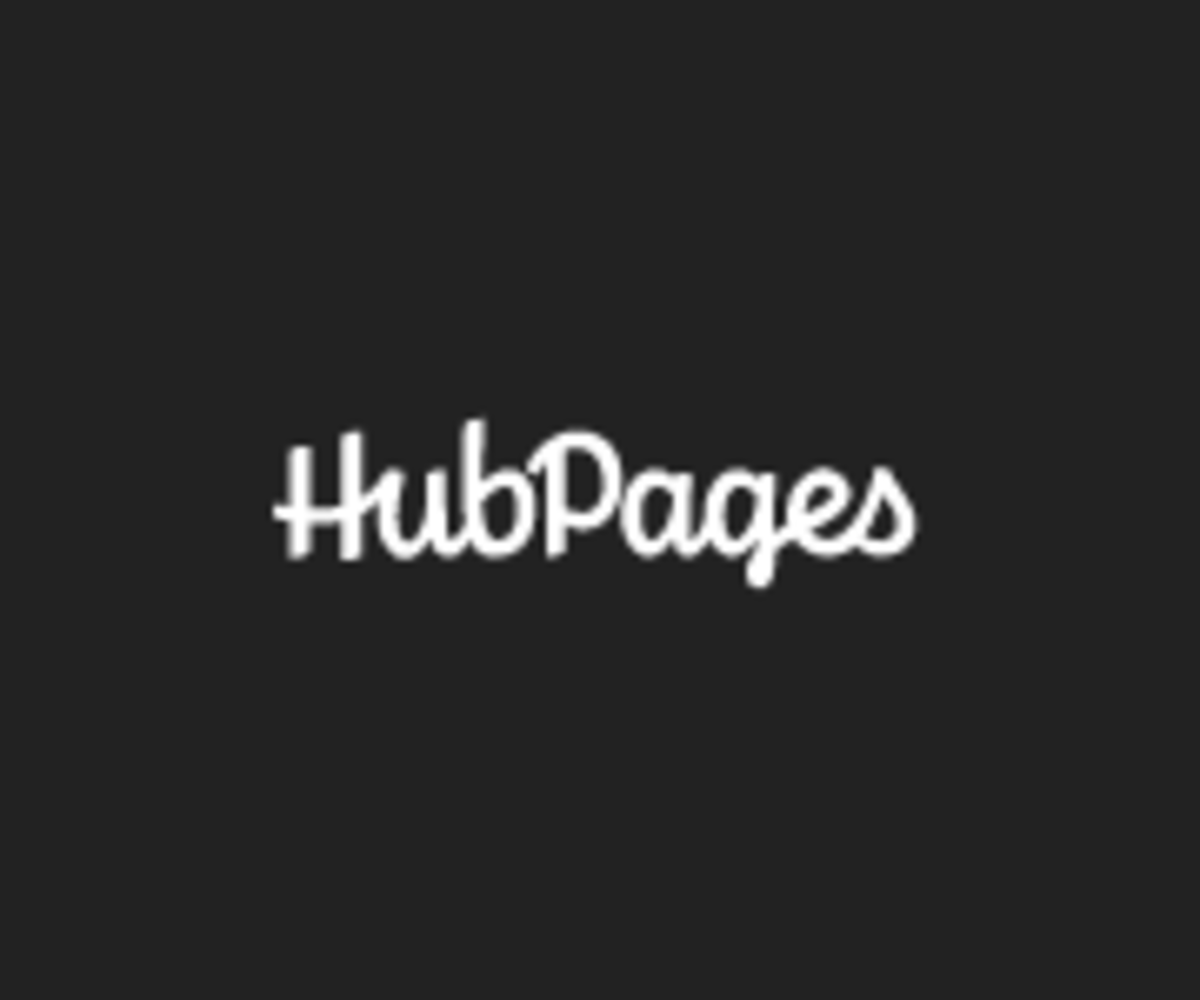How to Keep Track of Articles That Need Updating

Yikes! I nearly forgot to update this article!
It is easy to keep track on when you updated your articles last. You only need to go to your dashboard, click on the arrow next to "edited" and there you'll see, in order of date, on what dates the lenses were edited last. The one on top is the one that was edited longest ago.
If you have published only a handful of articles, then you'll just read through the one that hasn't been edited for a while, make a necessary addition or change, click on done editing, and finished!
But what if you have a large number of articles, say a hundred or so? Of course, you can still see in the ordered list which of the articles need urgent updates. But suppose you discover that several of your articles need urgent editing and you haven't thought about how to edit them, and you have not much time.
To prevent such an unpleasant surprise from happening, I developed two methods.
Method A - Automatic warning system - If you own a Mac computer, use iCal as a warning system.
For Windows users the program iCalv41.exe may be an option. I don't know this program, but it says to be similar to iCal.
If you cannot use iCal, then there is method B below.
But first Method A with iCal.
In iCal, do as follows:
- Make a new 'diary' which you name, for example, "hubpages" or "articles".
- Add all of your articles as separate 'tasks'. Add as completion date the 'last edited' date of the articles plus say 30 days. For example: if the articles was last edited on 06/01 then take as completion date: 07/01. Of course, you are free to take any other number than 30, or, if you wish, a different number for each articles, depending how often you'd want to update them.
- Ask iCal to warn you some time in advance of the completion date. You can ask for a message with or without sound, or an email warning.
- When you receive your iCal message, you know you have ample time to edit the articles.
Method B - Paperwork - This method can be used together with method A
This is what you need for this method:
- A large, D-ring binder, preferably 4 inch if you plan to publish or have published many articles.
- Either a pack of tabs (blank or numbered) or plastic sheet protectors. The latter are more convenient, I find.
What you do is the following:
- Save your articles as PDFs, then print those PDFs. It does not matter if the quality is low: they are for your own use.
- Write down on the first page of each printed article the date the article was last updated (this you can find on the dashboard).
- Punch holes in them in order to fit in the binder, or place each PFD in a plastic sheet protector.
- Sort the PDFs on the dates you wrote down, such that the most recently updated comes to the bottom.
- Place the PDFs in your ring binder. If you didn't put each in a sheet protector, it could be useful to add tabs in between.

Neatly organised and easy going
Both methods A and B make life easier for you.
With method A you will receive a warning well in advance, so that you can reread the article that needs editing and think carefully and without haste about what you could add to it, or how to alter it. When you are done and have republished the article, don't forget to change the completion date for the next round!
With method B you won't get any warnings, so you'll have to check the articles on top regularly to find out how much time has elapsed since you edited it or them (you may have more than one article with the same date) last. In the mean time, you could scribble some notes on where you think something could be added or altered, so that, when the time comes that you want to or have time to edit the article, you have already done some brain-work. Also in this case counts, that once you have finished editing and pressed the done-editing-button, don't forget to cross out the old date and replace it with today's date. Also don't forget to place this PDF to the bottom of the pile, as it has now become the most recently updated. This way you'll always keep your articles in the right order and the one on top will be the one that needs updating earliest.
What is your favourite method?
I use both methods. I let iCal warn me and in the meantime I leaf through my lenses and scribble notes on them for later use.
Which method would you use?
But what about this ring binder? - Doesn't that look wonderful!
Not only is it a big, 4 inch, 2-ring binder, but at the same time an organizer.






